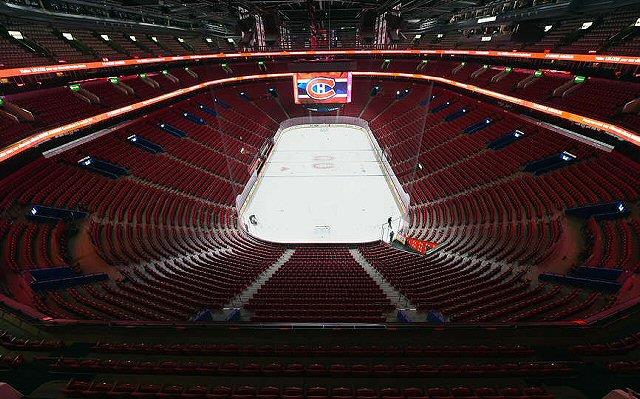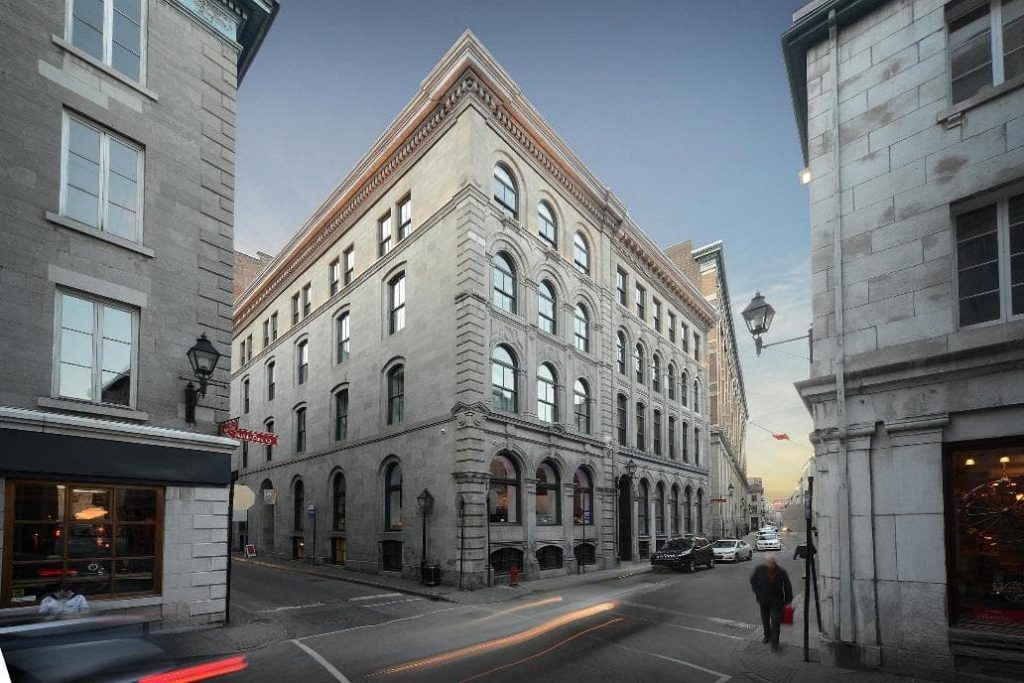REDUCTION OF PLUMBING NOISE IN LIGHTWEIGHT CONSTRUCTION
A.C.C Warnock (National Research Council Canada, Ottawa, Ontario) and M.J.Morin (MJM Acoustical Consultants inc., Montreal, Quebec), Journal of the Acoustical Society of America, Volume 88 - Issue S1, P.S135 (1990)
Noise from plumbing fixtures can be a source of great annoyance in single-family and multi-family homes. Noise-control articles and textbooks usually recommend the use of resilient supports for pipes and other fixtures as a means of controlling noise. A study funded by Canada Mortgage and Housing Corporation and undertaken by MJM Acoustical Consultants* at NRC examined the changes in noise level produced by different types of pipes, different methods of mounting pipes, different wall types, and the addition of sound absorbing materials in walls. Noise sources used included an ISO standard plumbing noise source, a toilet, a sink, and five common bathroom faucets. Closed cell rubber foam supports were found to be the most effective of the resilient materials tested, providing reductions in A-weighted noise levels around 20 dB. This article gives a summary of the results obtained; it is available only in English.
*Plumbing Noise in Multi-Dwelling Buildings, MJM Acoustical Consultants Inc., Montreal, Sept. 1990








